William’s Flexion exercises: Goals, Indication, Contraindication
Williams flexion exercises are recommended by a Physiotherapist when anyone has a Back pain-related condition that helps to improve the strength of the Back flexors muscles and mobility mainly flexion of the lower lumbar spine.
Table of Contents
Introduction
- The William’s exercises are also known as Williams flexion exercises or William’s lumbar exercises.
- It is most commonly used to treat patient’s low back pain.
- It helps to improve or increase lumbar flexion range .
- As well as helpful to strengthen gluteal and abdominal muscle strength.
- This type of exercises are developed for men younger than 50 years of age and women younger than 40 years of age, who had following problems:
- Lumbar spine lordosis
- Diminished or reduced disc space of lumbar spine
- Mild to moderate chronic / long lasting lower back pain.
In which conditions you can use William’s Flexion exercises?
- Lumbar spine stenosis
- Spondylolisthesis
- Overuse of facet joints
- Inflammation of facet joint capsule
- Ligament strain
- Disc bulging or herniation
- Sciatic nerve pathology or sciatica
Goals of William’s flexion exercises:
Following are the goals of William’s flexion exercises:
- To open up the Inter vertebral foramina of lumbar spine.
- To stretch the back extensor muscles, hip flexor muscles .
- To strengthen the abdominal muscles and gluteal region muscles.
- To mobilise the lumbosacral joint.
Effectiveness of William’s flexion exercise:
Some studies show that four to five weeks of Exercise program has shown signs in reduction of pain.
And also improvement in spinal range of motion in patients with low back pain.
When you cannot Perform Low Back Flexion exercises?
There are some conditions, where the low back flexion exercise should not be performed at any cost. (Contraindication of the William’s flexion exercise)
- If you are performing the low back flexion exercise and your symptoms get increased, so immediately you should stop doing exercise.
- If you feel your symptoms are going in your lower extremities ,so you should talk with your Dr and take proper guidance .
- If your symptoms becomes centralised or only felt in back as you perform the exercise, it is considered as indicative.
- You should talk with your physical therapist before starting this exercise program.
How you can perform the exercise?
- First of all you have to find out a place where you feel comfortable to lie down on your back.
- The surface should be supportive,and comfortable .
- You can also use your bed, if other place is not available.
Procedure:
- First you have to take supine position.
- Bend your both knees up and your feets on land.
- Slowly move your both knees up towards your chest with holding your knees with your hands.
- If pressure on your knees causes knee pain,you can hold your thighs also.
- Pull your knees more closer to your chest.
- Hold this position for three to four seconds.
- Slowly come back to the starting position.
- Your feet should be on the land and bend your knees.
- You have to perform 10 to 15 repetitions of this exercise regularly.
Please note that if you feel your symptoms are getting centralized your pain, so will be a good indicator.
If your symptoms are getting worsen, you must have to stop doing exercise and should take advice from your physical therapist.
Lumbar flexion exercise can be performed many times a day.
How to do Progression of low Back Flexion Exercise?
After this, you have to start progress with more advanced exercises.
The progression of your exercises includes:
Lumber flexion in a sitting position;
- First Sit in a chair and put your feet on the floor.
- Start to move forward from your low back.
- Move your hands down towards the floor .
- Hold the position for two to four seconds.
- And then return to the starting position.
Lumber flexion in standing position :
- Stand with your feet apart,
- Bend forward with your lower back slowly.
- Move your hand close to your feets as far as possible,
- Hold this position for three to five seconds,
- Come back to your starting position .
Lumbar flexion with rotation:
- Lie on your back with your hands straight by your side.
- Bend or flex your knees.
- Rotate your knees towards one side and then hold the position for 5 to 10 secs.
- Perform this exercise on other side.
- Repeat exercise for 4 to 5 times.
Partial sit-up:
- Lie on your back with your hands at your side with your knees bent.
- Use your abdominal muscles to raise your upper back off from floor.
- Rise only up to get your shoulder blades off the floor.
- Do not thrust yourself off the floor or do not lift your head with your arms.
- You should feel the contraction only in your abdominal muscles.
- Gently lower your upper body down.
- Perform the motion smooth and relaxed.
- Repeat exercise for 5 to 7 times.
Partial diagonal sit-up:
- Lie on your back with your hands by your side and your knees bent or flexed.
- Use your abdominal muscles to raise your upper back off the floor, while exhaling.
- Raise your upper body off the floor with one shoulder slightly higher than the other.
- Keep your knees bent and your feet flat on the floor.
- You should feel the contraction only in your abdominal muscles.
- Perform the exercise smooth and relaxed.
- Gently lower your upper body down.
- Repeat the exercise raising the other shoulder higher.
- Perform the exercise for 3 to 5 times.
Keep in your mind that these exercises should not cause any kind of pain.
If you feel any kind of pain then stop the progression.
To cure your back pain, regular exercise and postural correction is the main thing to return to your normal functional activities.
Back flexion exercise will relieve your pain and back to your normal activities and make your functions quickly and safely.
Williams had introduced exercises for correction of lumbar curvature :
Following are the 7 steps for exercises :
- Pelvic tilt
- Partial sit-ups,
- Single knee-to-chest
- Bilateral knee-to-chest,
- Hamstring stretching,
- Standing lunges,
- Trunk flexion in sitting position,
- Full squats.
How you can perform this steps ?
Pelvic tilt :
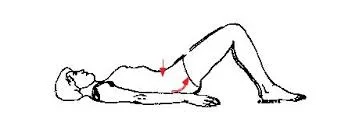
- Lie on your back with both the knees flexed or bent.
- Put your feet on ground or floor.
- Flatten your back against the ground or floor , but make sure without pushing with your legs.
- Hold the position for 5 to 15 seconds.
Partial sit-ups:
- Lie in supine position with both the knees bent and feet flat on the ground or floor .
- Now move your upper back in elevation until the scapula clear the resting surface.
- After that return to the starting position,
- Repeat this exercise for 4 to 10 times.
Knee-to-chest:

- Single Knee to chest.
- Lie on your back with knees bent or flexed and feet flat on the ground or floor.
- Now pull your one knee towards your shoulder.
- You have to hold this position for 10 to 15 seconds.
- Come back to starting position. and repeat this exercise with the other knee.
Double knee to chest.
- Lie on your back with knees bent or flexed and your feet should flat on the ground.
- Pull your one knee to chest and after that pull another knee to chest.
- Now hold your both knees in this position for 5 to 10 seconds.
- After that slowly lower one leg at the time and then another.
Hamstring stretch:
- Take Lying position.
- Place your both hands around the back of one knee.
- Then straightens your knee and pulls the thigh toward your head so your hip goes into forward flexion.
- Williams believed that flexible hamstrings are mandatory to accomplish full flexion / bending of the lumbar spine.
- Because tight hamstrings limit lumbar flexion in standing position with knee straight,
Standing lunges:
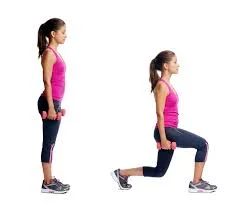
- This exercise help to improve extension of the lumbar spine.
- It is a good exercise to stretch your iliopsoas muscle.
- Because which may become trigger of low back pain if it is abnormally tight or in spasm.
- To perform forward lunge take standing position with the feet apart.
- Then take a big step forward with the one leg and plants the foot out in front,
- Keep your body straight.
- Your knee should stay over your ankle and not extend over the toes to minimize stress on the knee joint.
Trunk flexion in sitting position :
- Seat on the table with both hips and knees positioned at right angle.
- Now lower your chin to the chest,
- Bend your trunk in maximum flexion .
- So because of this you will feel the stretching of the lumbosacral soft tissue structures.
Full squat:

- Stand straight with feet apart
- Tighten your stomach muscles.
- Now Lower down, as if you are sitting in a chair.
- Straighten your legs to lift your back in upward direction.
- Repeat the movement for 3 to 5 times,
Ask your doctor or physical therapist whether these additional exercises will work best for
you.
Piriformis stretch:
- Lie on your back or take supine lying position.
- Bend your any one knee so that your foot remain flat on the floor.
- Cross your another leg over your previous leg so that your ankle rests on your knee.
- Use your hands to grab your bended knee and pull it gently toward the opposite shoulder.
- You will feel some stretch in your buttocks and hips.
- Hold the stretch for 10 to 15 seconds.
- Repeat the same phenomenon with the other leg.
- You can perform the stretch for 3 to 4 times.

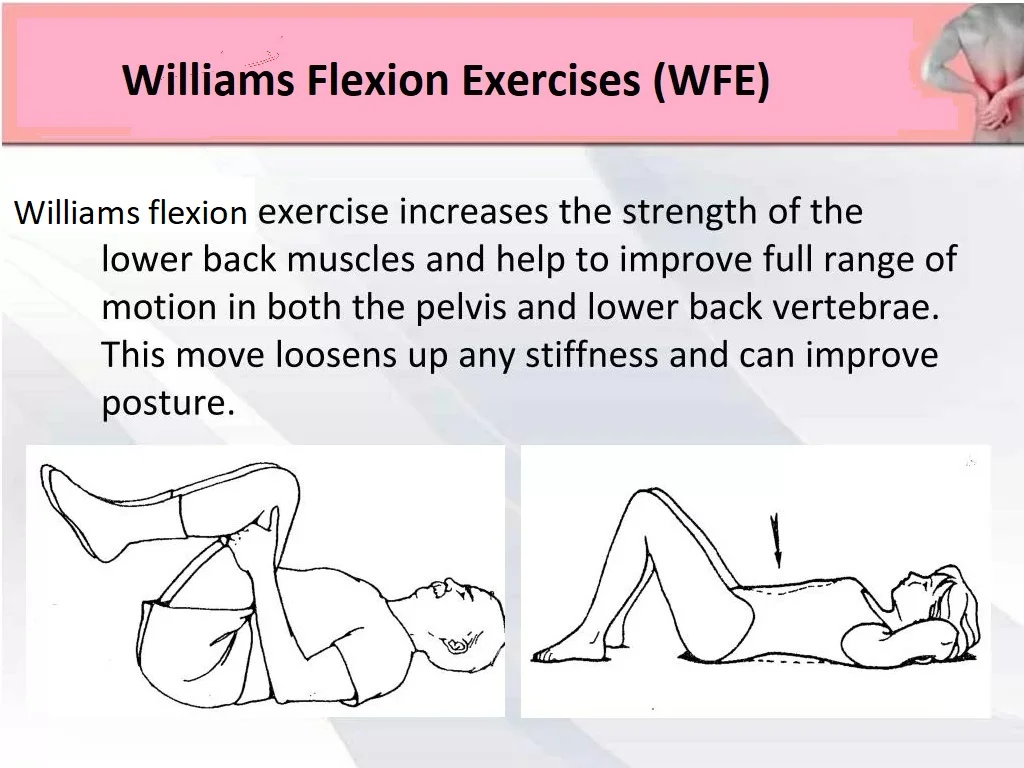
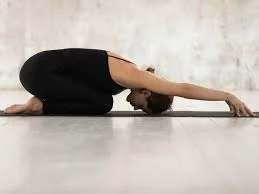
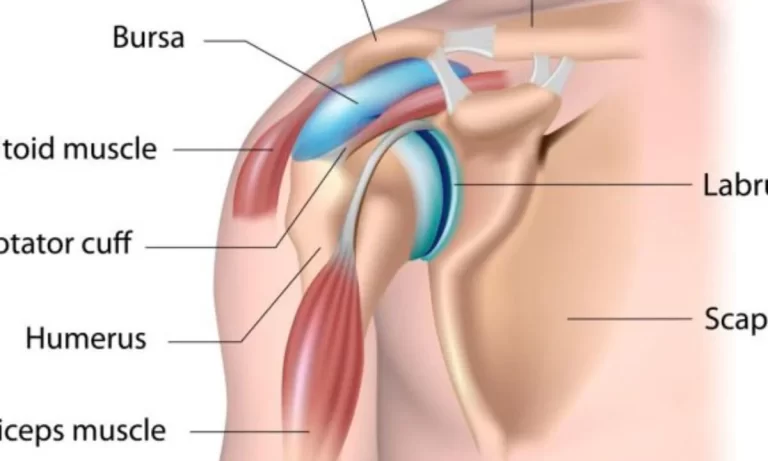
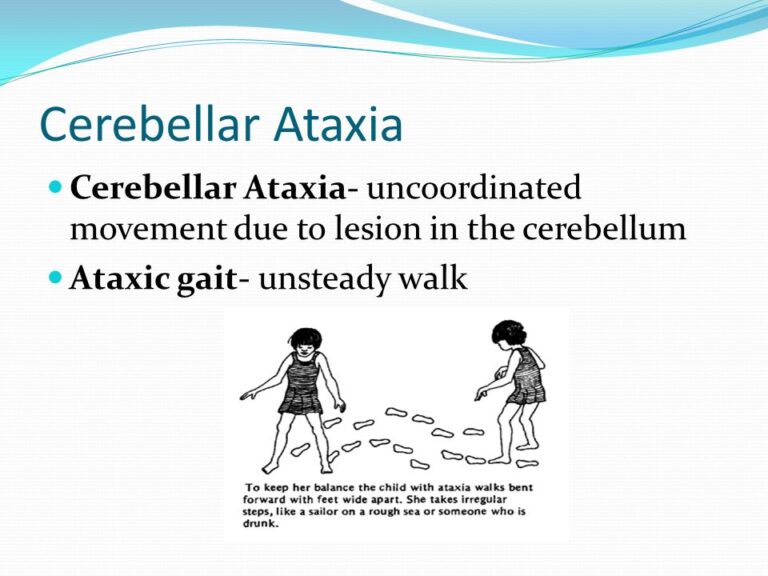
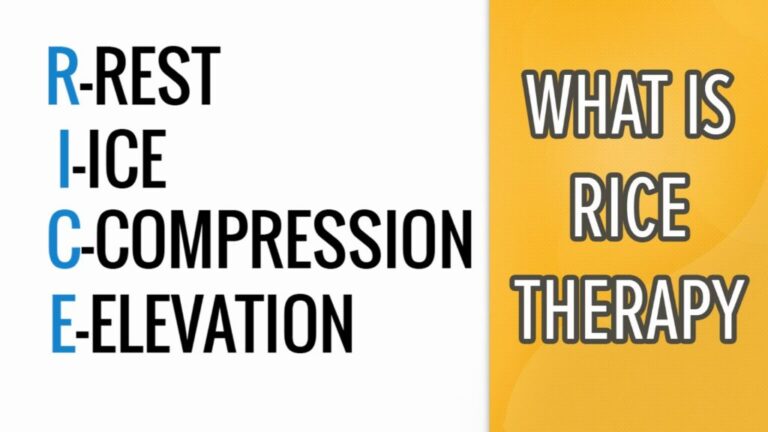
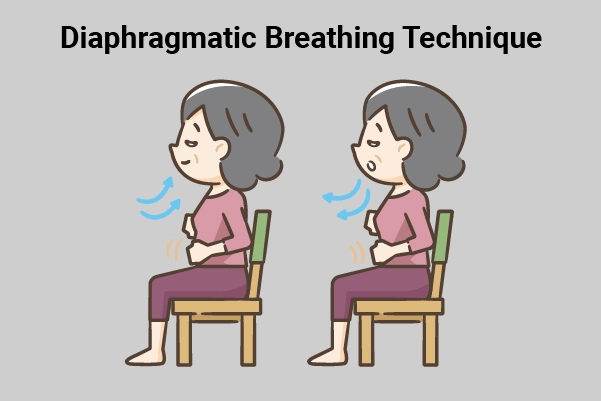

2 Comments